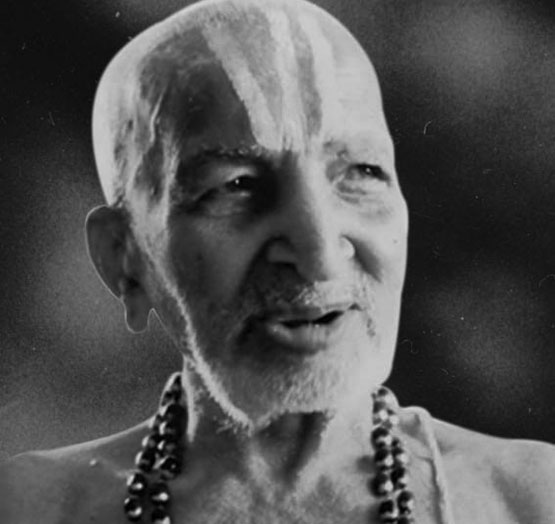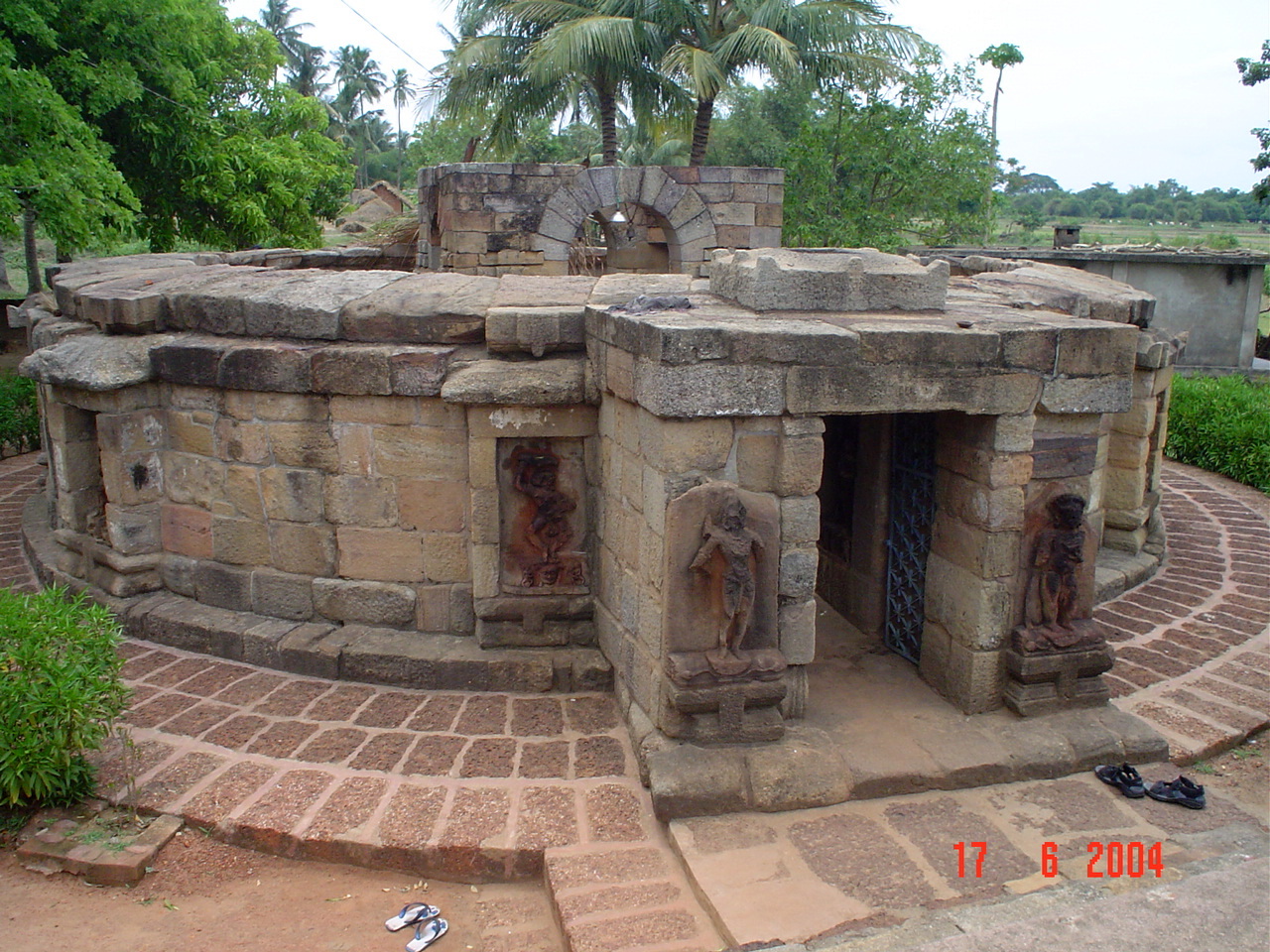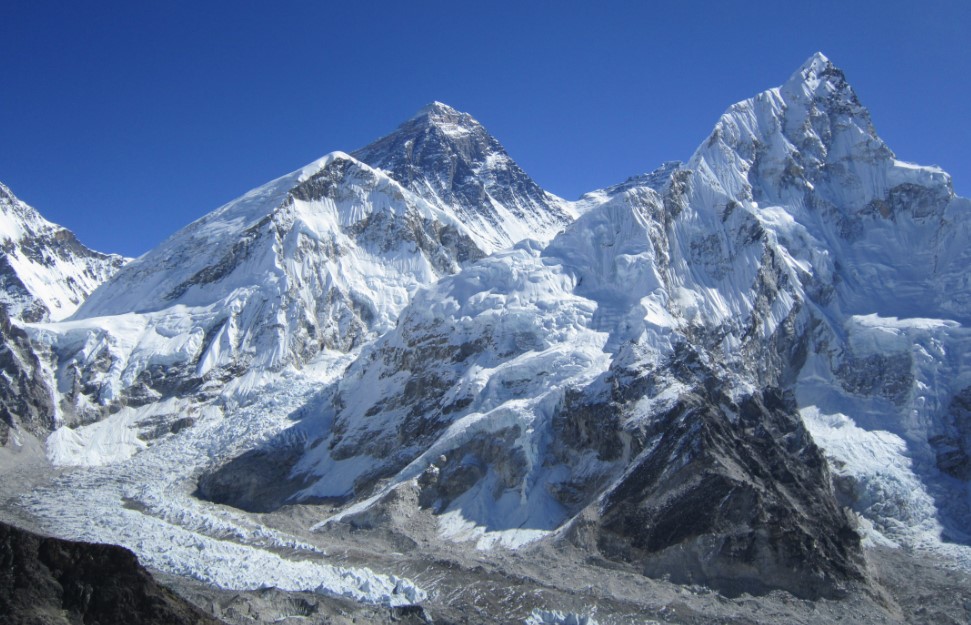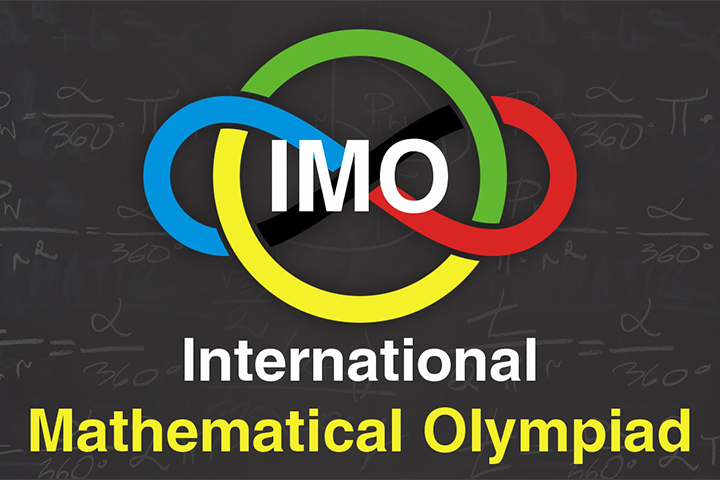- Birth and Early Life: Born on November 18, 1888, in Muchukundapuram, India, Krishnamacharya came from a family of scholars and priests. His early education in Vedic texts began at home, under the guidance of his father, who passed away when Krishnamacharya was just ten years old.
- Educational Journey: He pursued extensive studies in various schools of Indian philosophy, including Nyaya, Tarka, and Vedanta, at the Chamarajaendra Sanskrit College in Mysore and later at Banaras Hindu University. His scholarly pursuits included mastering the Yoga Sutras of Patanjali and other classical texts.
- Visionary Experience: At the age of sixteen, Krishnamacharya experienced a trance during a pilgrimage to Alvar Tirunagari, where he claimed to have received teachings from three sages, including the long-lost treatise “Yoga Rahasya.” This event solidified his commitment to revitalizing yoga practices.
- Development of Vinyasa: He is credited with developing Vinyasa Krama, a style of yoga that emphasizes the connection between breath and movement. This approach allows for a personalized practice tailored to individual needs and abilities, which he termed Viniyoga.
- Influence on Modern Yoga: Krishnamacharya’s teachings laid the foundation for various modern yoga styles. His students included prominent figures such as B.K.S. Iyengar, K. Pattabhi Jois, and Indra Devi, each of whom contributed to the global spread of yoga.
- Healing Practices: Beyond teaching yoga, Krishnamacharya was also an Ayurvedic healer. He integrated Ayurvedic principles into his yoga practice, focusing on healing and wellness for his students, which further distinguished his approach to yoga.
- Literary Contributions: He authored several important texts on yoga, including “Yoga Makaranda,” “Yogaasanagalu,” and “Yoga Rahasya.” These works explore various aspects of yoga philosophy and practice, emphasizing individualized instruction.
- Teaching Philosophy: Krishnamacharya believed in the principle of adapting yoga to the individual, stating, “Teach what is appropriate for an individual.” This philosophy has influenced many modern yoga teachers and practitioners.
- Legacy and Recognition: Despite his profound impact on yoga, Krishnamacharya remained humble, often referring to himself as a student. His legacy continues through institutions like the Krishnamacharya Yoga Mandiram in Chennai, founded by his son T.K.V. Desikachar, which preserves his teachings.
- Longevity and Influence: Krishnamacharya lived a long life, passing away on February 28, 1989, at the age of 100. His contributions to yoga have made him a revered figure in both India and the global yoga community, with his teachings influencing countless practitioners worldwide.
Through his innovative practices and teachings, Tirumalai Krishnamacharya transformed yoga into a dynamic and accessible discipline, shaping its modern form as we know it today.






